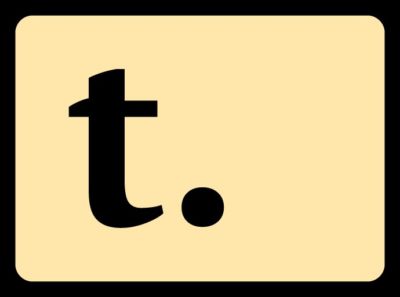Last Updated on January 21, 2024
Textile is a lightweight and simple markup language that makes it easy to structure content for articles, blogs, wikis, and documentation. Its origin traces back to the blogging software Textpattern.
Textile converts its marked-up text input to valid, well-formed XHTML and also inserts character entity references for apostrophes, opening and closing single and double quotation marks, ellipses and em dashes. This lets users create documents, blogs and web pages without needing to write HTML.
Textile was originally implemented in PHP, but has been translated into Perl, Python, Ruby, ASP, Java, C#, and other languages.
Textile was developed by Dean Allen in 2002, which he billed as “a humane web text generator” that enabled you to “simply write”.
Textile is distributed under a BSD-style license and is included with, or available as a plugin for, a few content-management systems including WordPress, Drupal, MediaWiki, DokuWiki.
Ways to Learn
TxStyle – Textile Documentation – the Textile Markup Reference for Textpattern.
Textile Reference Manual – this guide is the official Textile reference manual for RedCloth 4. It’s a good starting place to learn all about Textile. While you’ll benefit from HTML knowledge, it’s not essential.
| Advantages | |
|---|---|
 | Easy to read and easy to write |
 | Can generate complex pages with advanced formatting features |
 | Able to produce headers, quotes, lists, tables, and figures |
 | Converts into valid HTML when rendered in a web browser. Take lightweight, readable, plaintext-like markup language and convert it into well formed HTML |
 | Portable content |
| Disadvantages | |
|---|---|
 | Not widely adopted |
 | Not very extensible |
 | No standard implementation. However, there is a GitHub group that provides specifications for the markup language. |
 | Since May 2016, GitHub pages do not support Textile |
Useful Software
pandoc – converts files from one markup format into another.
Textile package for Atom editor – syntax highlighting and snippets.
Textile live web editor – an implementation of a fully featured Textile parser in JavaScript that runs reasonably fast and attempts to produce clean HTML.
